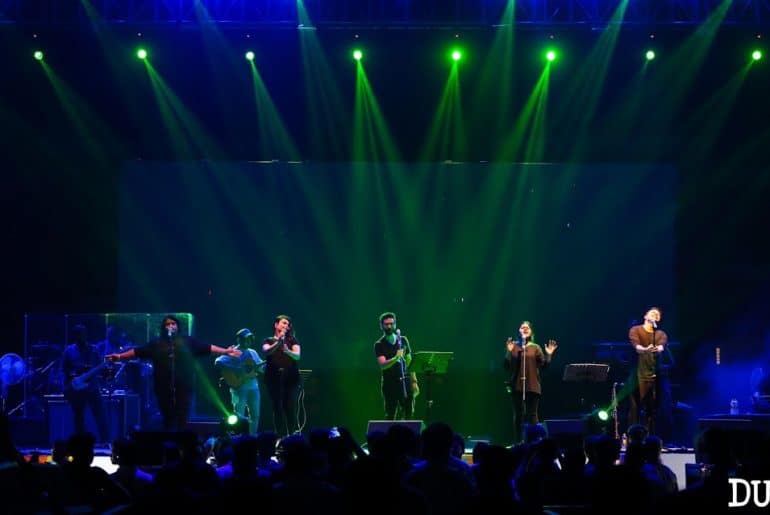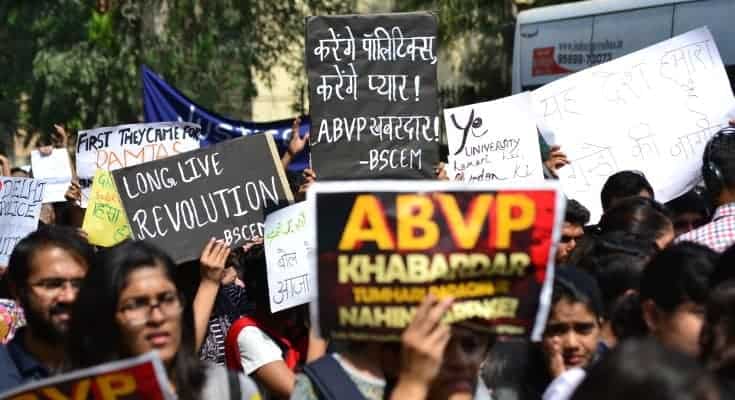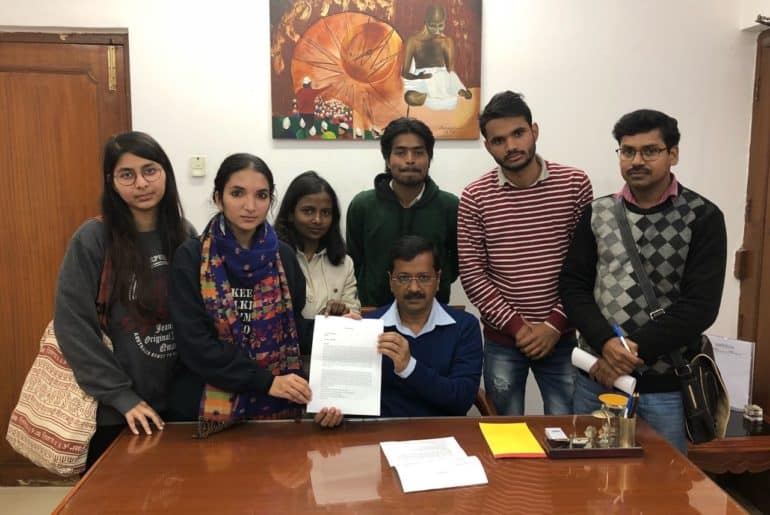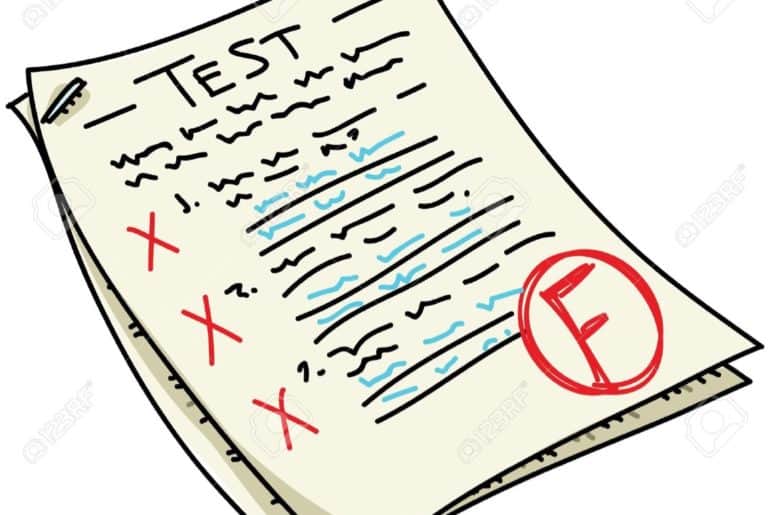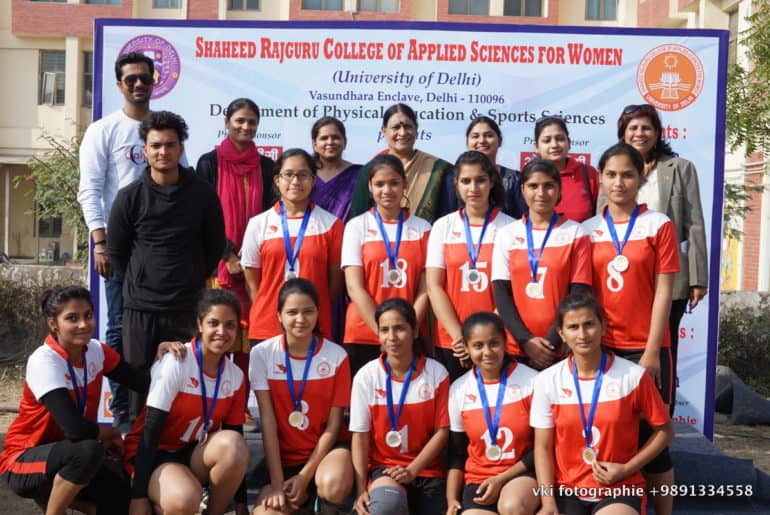From theatre artists to filmmakers to photographers, the list of remarkable alumni associated with the University of Delhi runs into volumes. The article focuses on some such names for whom the university played a crucial role and who continues to inspire its students.
While researching for this article, I bumped into some surprising names I had no idea were part of the University, a humbling reminder of the generations of history that this place has kept hidden. While we have all heard of Shahrukh Khan’s Hansraj and KMC being called the “Bachchan College”, there are many others in the field of entertainment and arts who used to walk the same corridors as we do today. Here is our not-so-comprehensive list of notable alumni in such (and allied) fields:
- Deepa Mehta: The critically acclaimed director who shot to fame because of her films like Fire (1996), Earth (1998), and Water (2005) is an alumnus of Lady Shri Ram College for Women in philosophy. While some have called her a transnational filmmaker, Mehta’s films have often broken boundaries such as Fire, a fierce lesbian love story that hit a whirlpool of controversy with its release. The film stars Nandita Das, a Miranda House alumni and Khulbushan Kharbanda, a Kirori Mal graduate.
- Rohit Bal: A leading fashion designer in India, Bal hails from Kashmir and is a graduate in history honours from St. Stephen’s College. The city also saw him starting his career with his brother Rajiv Bal in 1986. Today, Bal’s collections are sought after all over Bollywood and many celebrities like Arjun Rampal, Kareena Kapoor, and Shilpa Shetty have walked the ramp for him.
- Anjolie Ela Menon: Veteran painter and Padma Shri awardee, Menon is a graduate in English honours from Miranda House. She is now considered one of the leading contemporary artists of India, her paintings beings showcased in major collections all over the world.
- Anurag Kashyap: The gritty, “director of the masses”, is an alumnus of Hansraj College. Kashyap’s films such as Gangs of Wasseypur (2012) and D (2009) have been both commercial and critical successes pushing him into the limelight.
- Manoj Bajpayee: National Award-winning actor Manoj Bajpayee studied in both in Satywati College and Ramjas College, immersing himself in the campus theatre scene during his college days. As he told Times of India, “Those three years of DU were life-changing for me. I went from someone who could not read the front page of the Times of India to reading George Bernard Shaw and Shakespeare.”
Feature Image Credits: 24 Update News
Sara Sohail


